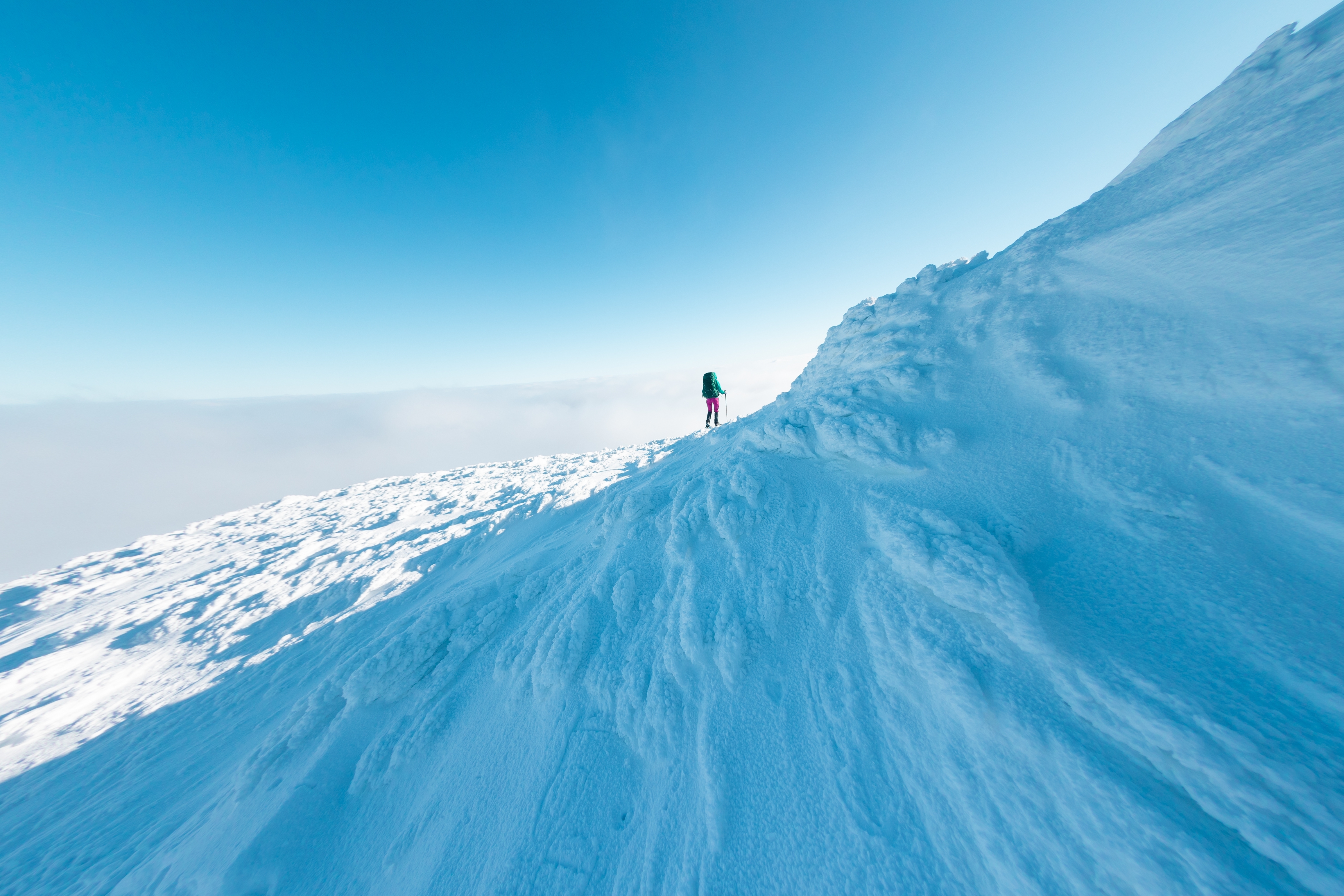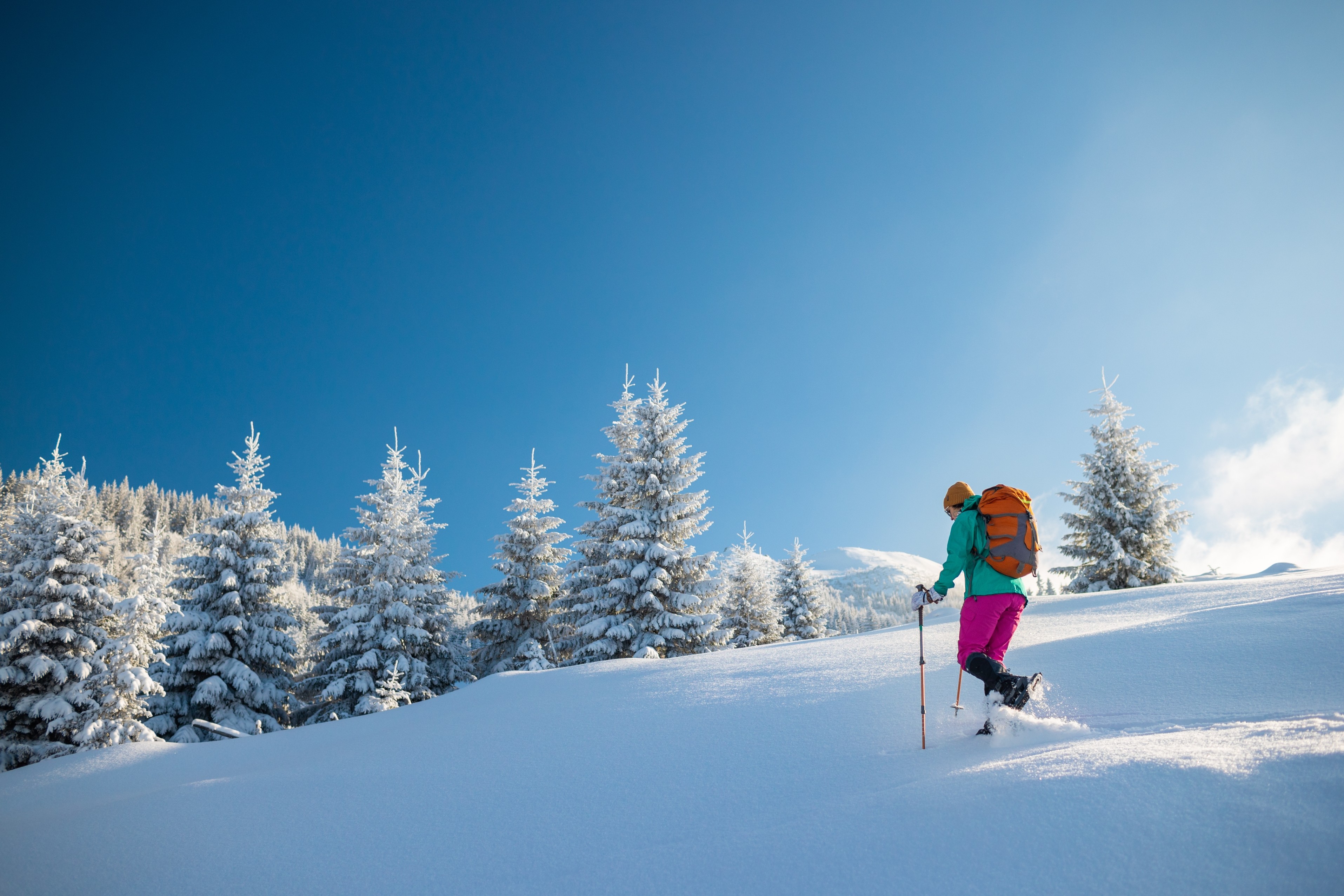Why Winter Climbing Might Be the Best Thing You Ever Do
For many climbers, the arrival of winter means packing up their gear and waiting for warmer days. But for those who dare, winter mountaineering offers the ultimate test of endurance, resilience, and adventure. The mountains transform into a different world of silence, solitude, and extreme conditions, pushing climbers to their limits.
If you’ve ever thought about shelving your ambitions until spring, think again. Climbing in the cold isn’t just about survival, it can retrain your body, sharpen your skills, and unlock levels of mental and physical strength that summer climbs simply can’t provide.
Why Climb in Winter? The Hidden Benefits of Cold Expeditions
Most climbers are drawn to winter ascents for the challenge, but the real benefits go much deeper to the cellular level. Winter mountaineering rewires your body, making you stronger, leaner, and more adaptable to extreme environments.
1. The Ultimate Test of Skill and Grit
Climbing mountains in winter is an entirely different game than in summer. The extreme cold, technical ice sections, unpredictable avalanches, and ever-changing weather make every move a calculated decision. Winter mountaineering requires sharper navigation, expert route-finding, and an unbreakable mindset.
Unlike in peak climbing season, where trails and routes are well-worn, winter ascents demand more self-sufficiency. The mountains are raw, wild, and unforgiving, mmaking success all the more rewarding.


2. Fewer Crowds, More Adventure
In peak season, mountains like Mont Blanc, Denali, and Aconcagua can be flooded with climbers. In winter? You might not see another soul for days. The unmatched solitude offers a pure, uninterrupted connection with the mountains.
3. Your Body is Built for This
One of the most fascinating aspects of cold exposure in mountaineering is how your body adapts to extreme environments. This is where brown fat comes into play.
Unlike regular fat, which stores energy, brown fat generates heat. It’s concentrated around your spine and collarbones and activates when exposed to cold, helping you maintain body temperature without excessive shivering.
The more time you spend in cold environments, the more your body learns to handle the stress, burn more calories, and stay warm naturally. Experienced winter mountaineers often feel more comfortable in extreme cold because their brown fat is fully activated.
How to Prepare Your Body for Winter Mountaineering
Cold adaptation doesn’t happen overnight. You must train your body to handle extreme conditions before taking on a serious winter ascent.
1. Train with Cold Exposure Before You Climb
- Ditch the extra layers on training hikes to build tolerance
- Cold showers or ice baths can help activate brown fat
- Sleep in a cooler, more comfortable room (~65°F) to help train your body’s natural heat regulation.
- Do outdoor workouts in winter gear to test your layering system.
2. Master the Art of Layering for Winter Expeditions
Dressing for high-altitude winter climbs is a science. The wrong clothing can mean freezing or overheating, both dangerous in extreme conditions.
- Base Layer: Moisture-wicking merino wool or synthetic fabric
- Mid Layer: Down or synthetic insulation for warmth
- Outer Layer: Waterproof, windproof shell
- Extremities: Insulated gloves, balaclavas, and double-layered socks


3. Fuel Your Body with High-Calorie, Cold-Resistant Foods
Due to cold exposure and increased exertion, your caloric needs skyrocket in winter mountaineering. Eating consistently is key to maintaining body temperature and energy levels.
4. Prepare for Ice and Snow Navigation
Winter climbing means dealing with glaciers, icefalls, and avalanche-prone slopes. Before heading out, sharpen your technical skills:
- Ice climbing – Master your ice axe and crampons for steep sections
- Crevasse rescue training – Rope techniques can save lives
- Avalanche safety – Know how to read snow conditions and use a beacon
The Mountains That Push You to the Limit in Winter
Winter mountaineering isn’t for the faint-hearted, but if you’re looking for a serious challenge, these peaks offer some of Earth's most extreme and rewarding experiences.
- Denali, USA – Arctic conditions and subzero temperatures make this one of the most brutal winter climbs in the world.
- Mont Blanc, France – The “White Mountain” in winter is an entirely different beast than in summer, with unpredictable storms.
- Aconcagua, Argentina – At 6,961m, South America’s highest peak is a brutal winter ascent due to strong winds and extreme cold.
- Mount Elbrus, Russia – Known for rapid weather shifts, this mountain can feel Arctic-like in winter.
- K2, Pakistan-China – A deadly winter ascent attempted by only the boldest climbers.
Why You Should Try a Winter Ascent at Least Once
Mountaineering in winter is not about comfort, and it’s about pushing yourself beyond what you thought possible. Every challenge, from bone-chilling temperatures to technical ice climbing, forces you to become a better climber, a stronger person, and more in tune with nature.
Find Your Next Winter Climb with Expedreview
Whether preparing for your first winter climb or trying to conquer some of the most challenging peaks on Earth, Expedreview connects you with expert-guided expeditions tailored to your goals.